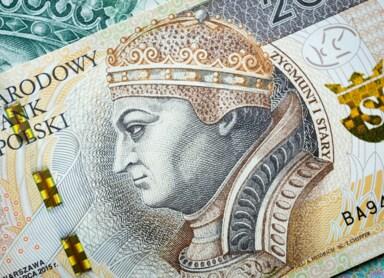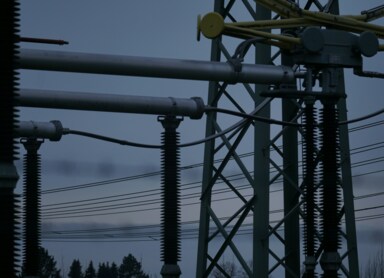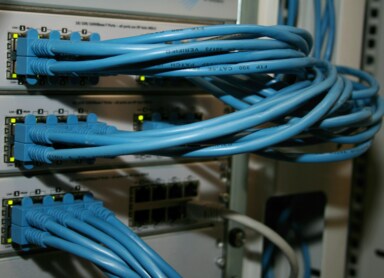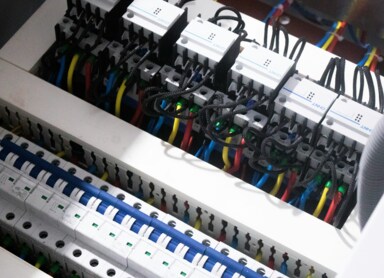Day-ahead Market. What is it?
The Day-ahead Market gained media attention with the introduction of the new photovoltaic billing system. This refers to net-billing, where the price per kilowatt-hour is not fixed but is determined in relation to specific indicators. However, the Day-ahead Market is a broader concept that is inextricably linked to Power Exchanges. What should be known about this market? Who trades on it, what is traded, and under what rules?
Day-ahead Market – Concept Explanation
The term "Day-ahead Market" refers primarily to the trading of electricity. Electricity, as a commodity, is traded worldwide, including on the Polish Power Exchange in Warsaw, the European Power Exchange SE based in Paris, and the Energy Exchange Austria in Vienna. Some transactions also occur in over-the-counter (OTC) trading.
In each case, the principle of energy trading is similar – parties enter into a transaction a day or two before the actual generation and delivery of electricity. In practice, electricity can be traded based on contracts ranging from hourly to even yearly periods. There are also base, peak, and off-peak contracts.
The Day-ahead Market for Electricity – How Does It Work?
Why can’t electricity be bought or sold "on the spot," like traditional assets such as real estate, cars, or shares in a limited company? This is due to the specific nature of electricity trading and the need to ensure energy security. In many countries where the energy market has already been liberalized, electricity suppliers, infrastructure providers, and major commercial market participants must balance their production and consumption daily to ensure proper equilibrium.
To achieve this, contracts are signed with entities known as Balance Responsible Parties (BRPs). These organizations are responsible for balancing the supply and demand of electricity within the power system. Their role can be likened to a scale, where one side represents the demand for energy and the other the supply. Both sides should remain in balance. To ensure this balance over the long term, market participants use futures markets to secure power supply months or even years in advance.
However, predicting all changes in this equation with such long lead times is impossible. As the actual delivery date of electricity approaches, individual operations should become more precise to eliminate any shortages or surpluses of electricity. This is where day-ahead trading comes into play. Once all transactions are closed, any remaining shortages or surpluses can be adjusted through intraday trading.
The Day-ahead Market Example – How Does Day-ahead Trading Work?
Let’s break down a sample day-ahead market transaction using a simple example:
- A large wind farm has signed a contract with an electricity supplier, which also acts as a BRP, to balance the power produced by the turbines. A significant portion of the output is transferred to large commercial consumers based on Power Purchase Agreements (PPAs).
- The amount of electricity produced by the wind farm fluctuates hourly, so the BRP uses advanced forecasts to predict how much electricity the supplier will generate in a given period.
- One day, the BRP receives information about upcoming strong winds, which will cause the wind farm to generate significantly more power than usual. This surplus was not accounted for in the PPAs, so it must be sold to maintain energy balance.
- The additional electricity is purchased by a third party on the Day-ahead Market
But what if instead of strong winds, a hurricane occurs, and 20% more electricity is generated than expected? Day-ahead transactions are already closed, but the surplus energy can still be sold on the intraday market.
It’s important to note that the exact rules of day-ahead trading may vary depending on the country where the transaction takes place. Local regulations and energy exchange rules may define aspects such as the intervals between transactions, the minimum amount of energy traded, auction pricing, or transaction closure procedures.
The importance of day-ahead markets is growing every year, highlighting the critical role of electricity access for all of us. In 2011, the transaction volume on EPEX SPOT for the German, French, Austrian, and Swiss markets was 296 TWh. Just nine years later, in 2020, the volume on the same market had increased to 411 TWh.
Benefits of the Day-ahead Market for Market Participants
The typical model of electricity procurement involves parties entering into an agreement to supply electricity under specific conditions for a set period at a fixed price. This provides a sense of stability but doesn’t allow for reduced electricity costs. On the other hand, spot electricity purchases (in the day-ahead market) mean that the electricity is settled hourly. Purchases are made daily for the next day, and the price is calculated separately for each hour of the day.
Relying on the day-ahead market has many advantages that businesses can leverage to better manage operating costs. Primarily, it provides a tool for maintaining flexibility and adapting to current market conditions. The business is not tied to a fixed electricity price for the entire contract duration but can optimize its business model, for example, by aligning increased electricity demand with periods when power is cheaper.
This allows for smart business management and reduced operating costs. It also increases competition in the energy market and gives businesses more options when choosing a supplier.
The Day-ahead Market in Poland – Current Situation and Prospects
In Poland, the day-ahead market has been operating since the end of June 2000. Contracts on the TGE can be hourly or block, and transactions are conducted from Monday to Sunday between 8:00 and 15:30. The following types of instruments are available on the domestic market:
- Hourly contracts for the Polish and international markets;
- Block contracts, such as Base, Peak, and Off-Peak;
- Weekend contracts, such as Base, Peak, and Off-Peak.
Currently, TGE publishes as many as 10 indices, allowing informed decisions about entering into transactions. Four of these ten indicators were introduced in 2023, indicating that the Polish day-ahead market is actively developing. This is also reflected in the volume of transactions. In 2023, contracts for over 80% more electricity were concluded than in the previous year.
Interestingly, Poland is one of several countries that apply the modern PCR (Price Coupling of Regions) solution on its energy exchange. This involves implementing unified energy pricing rules in different countries and ensuring high throughput of energy infrastructure. In other words, electricity can be bought from Germany or Finland in Poland, and the transaction will be as smooth as from a domestic company, with the price fully transparent and fairly calculated.






